Supersonic passenger air travel ceased more than 20 years ago. The last French supersonic aircraft, Concorde, flew for the last time on November 26, 2003. It was decided to abandon them for various reasons, the main of which is discomfort during flights, and it is felt by both airplane passengers and people on the ground due to the characteristic cotton. However, NASA recently developed the X-59 aircraft, which does not make a popping sound when flying. In addition, other automakers are also working on creating their own supersonic passenger aircraft. In particular, Boom Supersonic has already conducted the first flight tests of its XB-1, which is a prototype of a passenger airliner. The flight took place in California on March 22 and was completely successful.
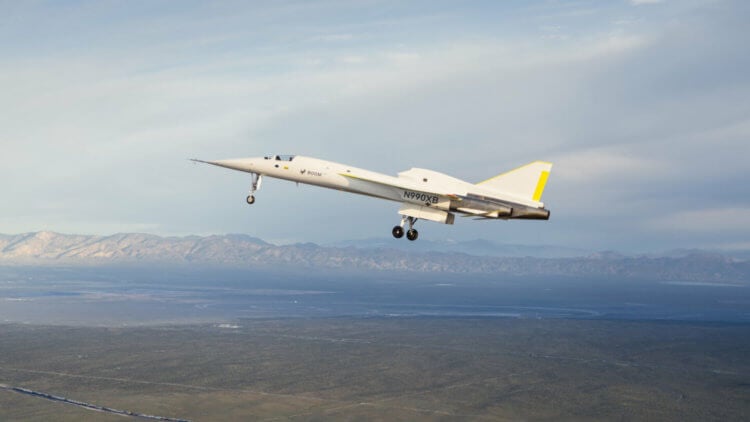
The XB-1 experimental supersonic aircraft made its first flight. Photo source: boomsuponic.com
Eco-friendly supersonic aircraft XB-1
The XB-1 aircraft was developed for the subsequent creation of an environmentally friendly supersonic airliner, Overture. It is still in the early stages of development, but should ultimately become the Concorde of the 21st century. It is quite possible that it will mark the beginning of a new era of supersonic air travel.
Some airlines have already even announced their readiness to purchase these aircraft, for example, United Airlines has indicated a desire to purchase 50 Overtures at once by 2029. In total, the aircraft manufacturer already has more than 130 orders. The aircraft will reportedly be more energy efficient than all its predecessors. In addition, it will run on 100% environmentally friendly fuel.
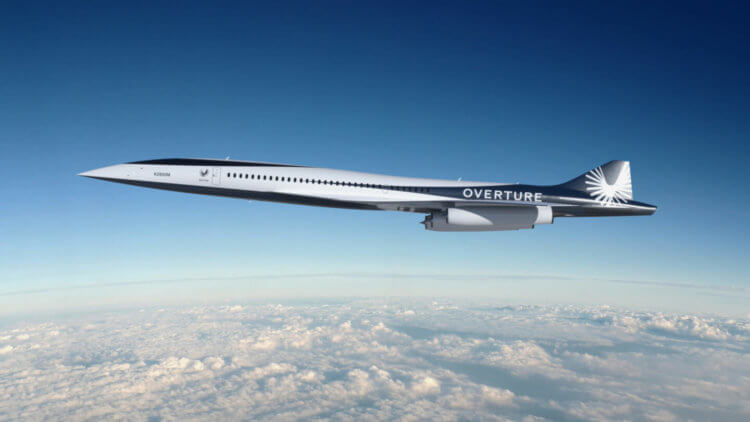
This is what the Overture supersonic passenger airliner will look like. Photo source: boomsuponic.com
Recall that the XB-1 Supersonic Demonstrator was introduced back in 2016. It is equipped with three General Electric J85-15 engines with a thrust vector control system. The fuselage of the aircraft with variable wing geometry is made of carbon fiber and composite materials.
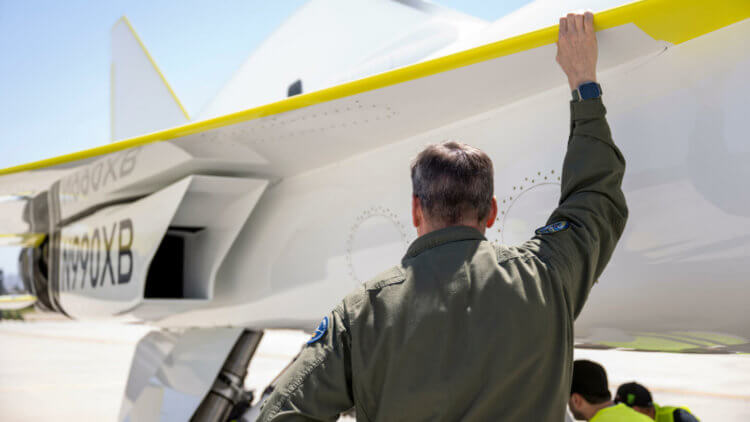
The aircraft body is made of carbon fiber and composites. Photo source: boomsupersonic.com
Specialists from NASA, Boeing and SpaceX worked on its design. According to the project, the aircraft will be able to reach speeds of up to 2335 kilometers per hour. This will allow passengers to be transported three times faster than any other modern airliner. The cabin will be designed for 64-80 passengers.
Interesting features of the Overture supersonic airliner
The aircraft has several interesting features that increase its efficiency and safety. For example, it is equipped with an augmented reality viewing system. Two nose-mounted cameras, complemented by digital position and flight path displays, provide high-resolution information to the pilot's display. This will provide improved visibility and orientation on the runway.
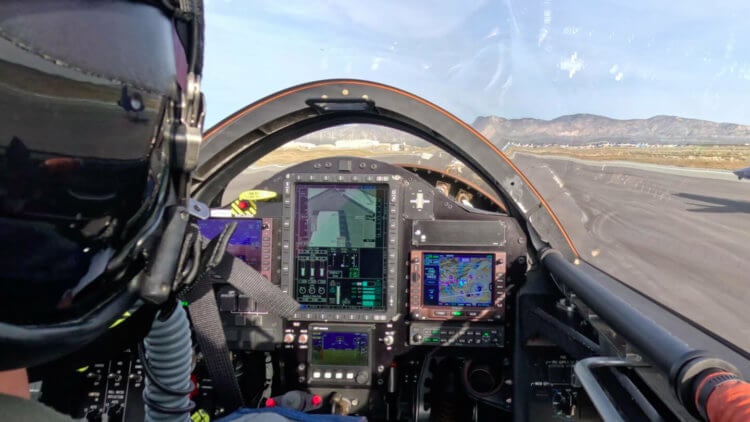
The augmented reality system will provide additional safety during takeoff and landing. Photo source: boomsuponic.com
When creating the design, engineers used aerodynamics optimization technologies. Computational modeling allowed us to settle on the optimal design after analyzing thousands of different XB-1 variants. The optimized design combines safety during takeoff and landing with efficiency at supersonic speeds.
To implement the complex aerodynamic design, as mentioned above, composite materials and carbon fiber were used. Thanks to them, the design turned out to be durable and lightweight. Boom Supersonic also reports that the aircraft features unique supersonic air intakes that slow air flow to subsonic speeds, allowing conventional jet engines to operate at optimal levels throughout flight, including supersonic flight.
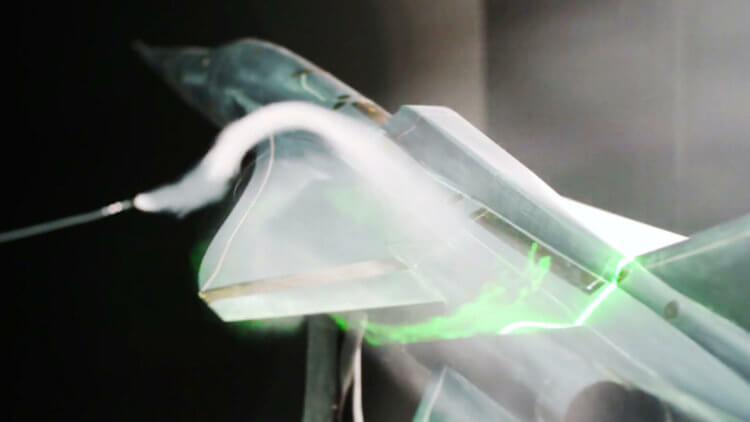
Digital optimization of aerodynamics will ensure increased stability of the aircraft throughout the flight — from takeoff to landing. Photo source: boomsuponic.com
First test of a supersonic aircraft
Unlike NASA's X-59 experimental aircraft, the XB-1 has already completed its first flight. According to Boom Supersonic, at an altitude of more than 2000 meters, the plane reached a speed of 439 km/h. Of course, this is much less than the speed of sound, which is just over 1234 km/h. however, the aircraft was not faced with such a task during the first test. Before accelerating to high speeds, engineers needed to test and evaluate the safety as well as the controllability of the aircraft. Reportedly, he coped with all the tasks assigned to him.
Follow the link to our ZEN CHANNEL. We've got plenty of interesting, exciting science content for you.
According to the CEO of Boom Supersonic, the XB-1 flew in the same “sacred” airspace where the Bell X-1 flew in 1947 broke the sound barrier for the first time. Obviously, new tests will take place in the near future, the results of which will be used to create the Overture passenger airliner.